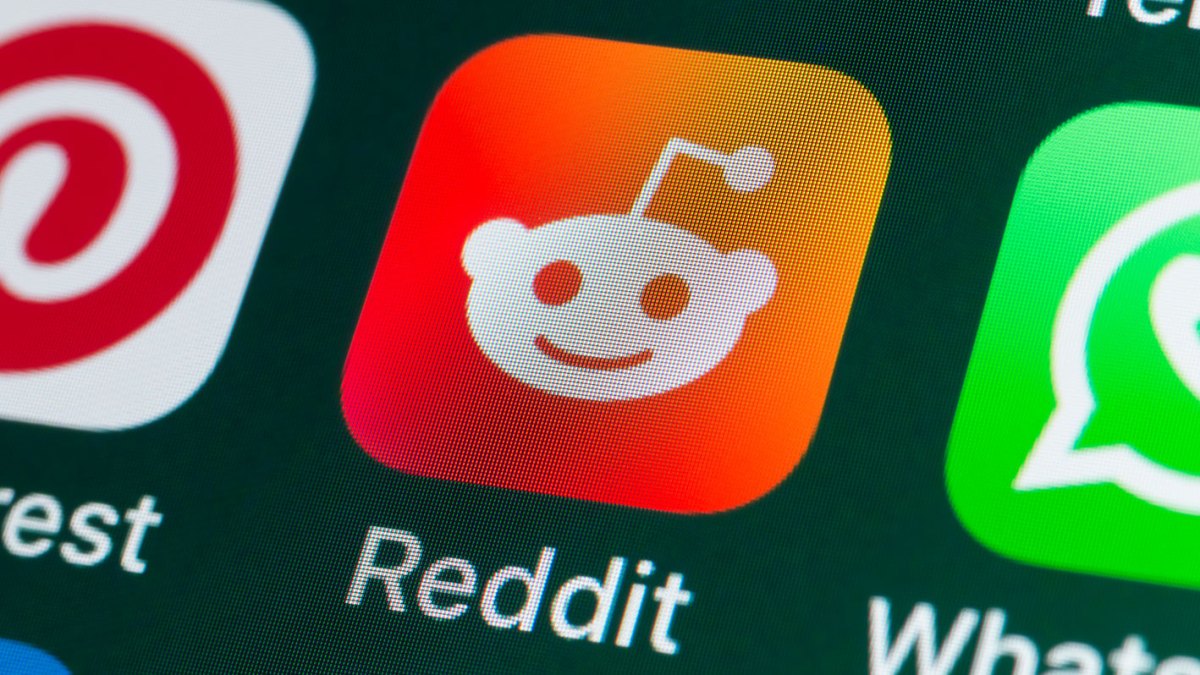Here’s what happens when humans and AI dance together
In the premiere of Cyber Subin, a live performance choreographed with the assistance of generative AI, human dancers cross the stage while a virtual character on the screen behind them dances, too. Their movements—the humans’ and the renderings’—are based on “Mae Bot Yai,” the 59 poses in a traditional Thai masked dance called Khon, but are reinterpreted through computational processes. The artists who developed Cyber Subin describe it as “human-AI co-dancing” and they see it as an experimental form of cultural preservation.“I’ve always been drawn to projects that use AI to connect with and advance cultural heritage, particularly my own Thai roots.” says Pat Pataranutaporn, an interdisciplinary scientist and PhD candidate at the MIT Media Lab. His research focuses on cyborg psychology, the study of how AI influences human cognition and behavior. “Thai traditional dance is one area where there is a lot of potential.”[Photo: Courtesy MIT Media Lab]Cyber Subin is the first project to emerge from the Open Dance Lab, Pataranutaporn’s MIT Media Lab research on ways that emerging technology can be applied to cultural preservation. The proposition within Cyber Subin is not for AI to replace human choreography, but for the technology to help make it more exciting for and relevant to contemporary audiences through co-creation. Pataranutaporn has been collaborating with the Bangkok-based choreographer Pichet Klunchun on the project since the COVID-19 pandemic, but in some ways it began many years prior. “Personally, I didn’t do well in dance classes when I was in middle school,” he says. “I struggled in dance classes that focused solely on replicating traditional movements rather than encouraging creativity. At the time, I couldn’t see a connection between this cultural heritage and my passion for science.”[Photo: Courtesy MIT Media Lab]An “aha moment” came when Pataranutaporn read the artist and architect Jorge Otero-Pailos’s theory of “experimental preservation.” Otero-Palios, who directs the historic preservation program at the Columbia University Graduate School of Architecture, Preservation, and Planning, argues that elements from history ought not to be only thought of as fixed, stable things, but that they should be able to receive a layer of contemporary culture in order to find new uses for them. A common example of this is the adaptive reuse of architecture. Pataranutaporn thought, why not try this with dance?[Photo: Courtesy MIT Media Lab]Building on Otero-Pailos’s theory, Pataranutaporn describes the Open Dance Lab as a form of “interactive preservation” of embodied knowledge—a type of cultural history that, due to its intangible nature, is more difficult to preserve.Once people die, the knowledge often goes with them. In the 20th century, photography and video revolutionized how dance was preserved. For the first time, movement entered the archive. However, these tools are limited: they aren’t able to capture dance’s interactivity. Pataranutaporn believes AI offers an alternative to preserving the art form as an artifact.“The idea that cultural heritage is dynamic and alive is very interesting and inspiring to me because it suggests that we are an active part of it,” Pataranutaporn says. “Cultural heritage doesn’t just belong to our ancestors or people of the past; it’s a living, evolving entity. If we treat cultural heritage as something that is dead and done, we’re merely safeguarding it rather than thinking about how we can express and evolve traditions.”Klunchun has been exploring similar ideas in his choreography. For over two decades, he has been studying the movements in Khon and finding ways to reinterpret it. (The dance has been performed since the 14th century and was added to UNESCO’s list of “Intangible Cultural Heritage of Humanity” in 2018.) Klunchun deconstructed its symbolic movements into six elements—energy, circles and curves, axis points, synchronous limbs, external body spaces, and shifting relations—and used them to develop new poses and dances based off of them.[Photo: Courtesy MIT Media Lab]For Cyber Subin, Klunchun and Pataranutaporn incorporated those elements as well as a live feed of dancers performing into a generative model that yielded a virtual character that could improvise its own choreography. Klunchun and his company then riffed on the virtual model’s poses in their own dances. Some of the movements didn’t directly translate—the virtual characters aren’t limited by physics or the anatomy of joints—but they were still inspiring. “While our virtual characters could perform impossible movements, it was the human dancers who truly achieved freedom,” Klunchun says. “They gained the ability to observe, draw inspiration from the AI, and incorporate new elements into their dance spontaneously—or reject what AI came up with completely.” [Photo: Courtesy MIT Media Lab]To Pataranutaporn, the results heightened the beauty of human expression. “AI can create endless possibilities, b

In the premiere of Cyber Subin, a live performance choreographed with the assistance of generative AI, human dancers cross the stage while a virtual character on the screen behind them dances, too. Their movements—the humans’ and the renderings’—are based on “Mae Bot Yai,” the 59 poses in a traditional Thai masked dance called Khon, but are reinterpreted through computational processes. The artists who developed Cyber Subin describe it as “human-AI co-dancing” and they see it as an experimental form of cultural preservation.
“I’ve always been drawn to projects that use AI to connect with and advance cultural heritage, particularly my own Thai roots.” says Pat Pataranutaporn, an interdisciplinary scientist and PhD candidate at the MIT Media Lab. His research focuses on cyborg psychology, the study of how AI influences human cognition and behavior. “Thai traditional dance is one area where there is a lot of potential.”

Cyber Subin is the first project to emerge from the Open Dance Lab, Pataranutaporn’s MIT Media Lab research on ways that emerging technology can be applied to cultural preservation. The proposition within Cyber Subin is not for AI to replace human choreography, but for the technology to help make it more exciting for and relevant to contemporary audiences through co-creation.
Pataranutaporn has been collaborating with the Bangkok-based choreographer Pichet Klunchun on the project since the COVID-19 pandemic, but in some ways it began many years prior.
“Personally, I didn’t do well in dance classes when I was in middle school,” he says. “I struggled in dance classes that focused solely on replicating traditional movements rather than encouraging creativity. At the time, I couldn’t see a connection between this cultural heritage and my passion for science.”

An “aha moment” came when Pataranutaporn read the artist and architect Jorge Otero-Pailos’s theory of “experimental preservation.” Otero-Palios, who directs the historic preservation program at the Columbia University Graduate School of Architecture, Preservation, and Planning, argues that elements from history ought not to be only thought of as fixed, stable things, but that they should be able to receive a layer of contemporary culture in order to find new uses for them. A common example of this is the adaptive reuse of architecture. Pataranutaporn thought, why not try this with dance?
Building on Otero-Pailos’s theory, Pataranutaporn describes the Open Dance Lab as a form of “interactive preservation” of embodied knowledge—a type of cultural history that, due to its intangible nature, is more difficult to preserve.
Once people die, the knowledge often goes with them. In the 20th century, photography and video revolutionized how dance was preserved. For the first time, movement entered the archive. However, these tools are limited: they aren’t able to capture dance’s interactivity. Pataranutaporn believes AI offers an alternative to preserving the art form as an artifact.
“The idea that cultural heritage is dynamic and alive is very interesting and inspiring to me because it suggests that we are an active part of it,” Pataranutaporn says. “Cultural heritage doesn’t just belong to our ancestors or people of the past; it’s a living, evolving entity. If we treat cultural heritage as something that is dead and done, we’re merely safeguarding it rather than thinking about how we can express and evolve traditions.”
Klunchun has been exploring similar ideas in his choreography. For over two decades, he has been studying the movements in Khon and finding ways to reinterpret it. (The dance has been performed since the 14th century and was added to UNESCO’s list of “Intangible Cultural Heritage of Humanity” in 2018.) Klunchun deconstructed its symbolic movements into six elements—energy, circles and curves, axis points, synchronous limbs, external body spaces, and shifting relations—and used them to develop new poses and dances based off of them.

For Cyber Subin, Klunchun and Pataranutaporn incorporated those elements as well as a live feed of dancers performing into a generative model that yielded a virtual character that could improvise its own choreography. Klunchun and his company then riffed on the virtual model’s poses in their own dances. Some of the movements didn’t directly translate—the virtual characters aren’t limited by physics or the anatomy of joints—but they were still inspiring.
“While our virtual characters could perform impossible movements, it was the human dancers who truly achieved freedom,” Klunchun says. “They gained the ability to observe, draw inspiration from the AI, and incorporate new elements into their dance spontaneously—or reject what AI came up with completely.”
To Pataranutaporn, the results heightened the beauty of human expression. “AI can create endless possibilities, but our constraints as humans give meaning to our art,” he says. “The reason we have the kind of dances we have today is because we have one head, two legs, two hands.”
While the project was conceived as a way to explore a collaboration between people and algorithms, one of its outcomes was an intergenerational connection between Pataranutaporn, who is in his 20s, and Klunchun, who is in his 50s. The two might not have been able to exchange their ideas without coming together through an AI experiment—a reminder that the technology, at its best, is a tool for creativity. “The important aspect of this work is the conversation we had along the process,” Klunchun says. “We learned from one another.”






















